Today is exactly 46 years since the launch of the Voyager 2 probe — the first of a pair of identical automatic scouts that undertook the greatest journey in the history of humanity. They visited all the giant planets of the Solar System and later ventured into interstellar space. The spacecraft are still operational and continue to transmit data to Earth.
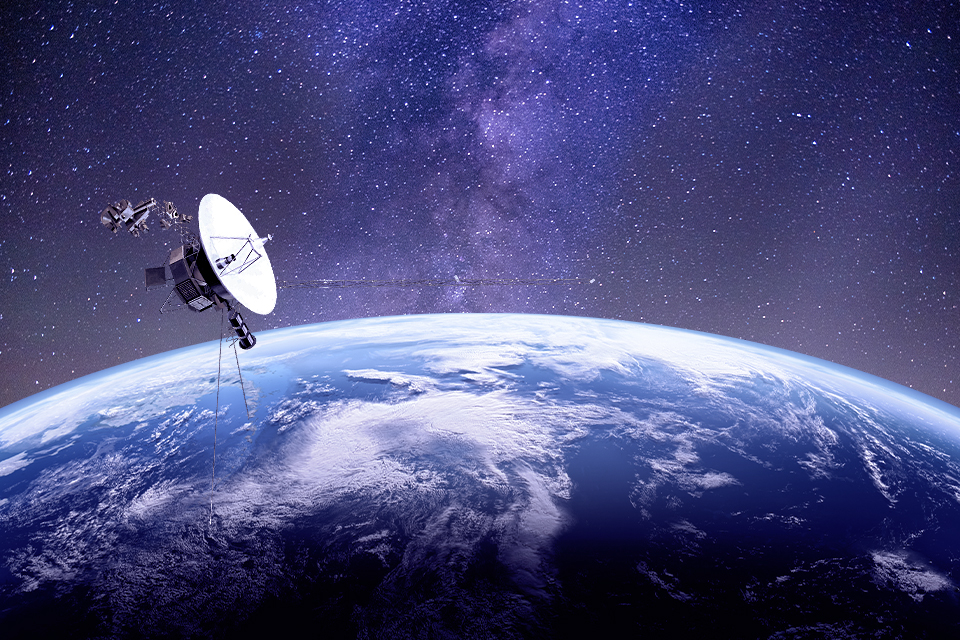
Usually, materials published on the occasion of the anniversary of the Voyager probes’ launch are dedicated to their technical equipment and main achievements. But today, we would like to focus on something different. We will contemplate how Earth and human civilization have changed over the 46 years since their launch.
Earth’s Population Growth
Among the various records carried by each spacecraft in case they are intercepted by extraterrestrial beings in the future, there is a message from the then-President of the United States, Jimmy Carter. It begins with the following words: “This Voyager spacecraft was constructed by the United States of America. We are a community of 240 million human beings among the more than 4 billion who inhabit the planet Earth.”
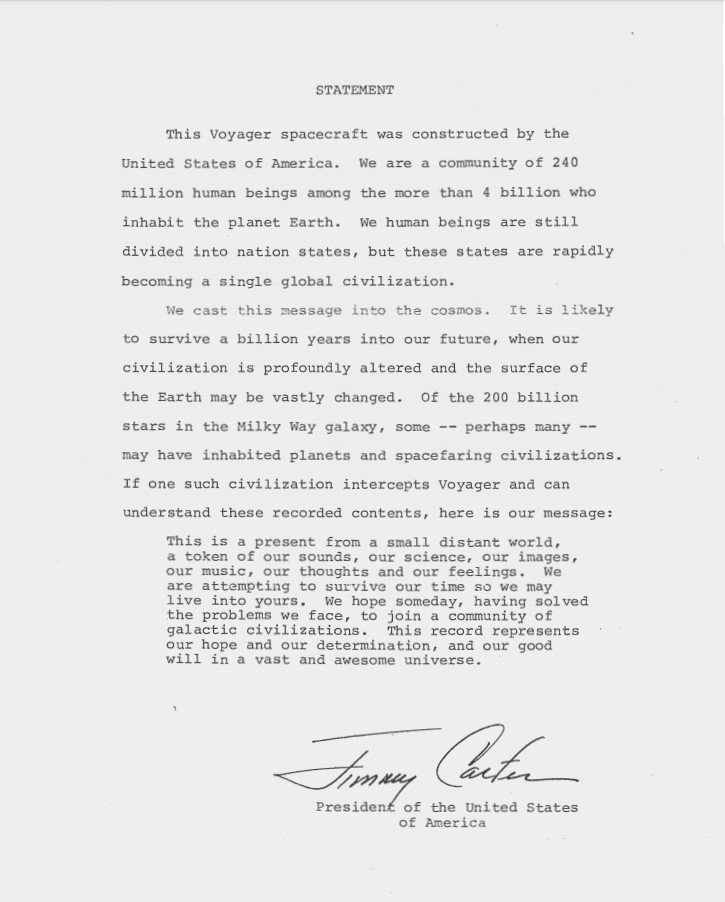
These numbers were accurate for 1977. However, by 2023, the world’s population has nearly doubled and now exceeds 8 billion people. The population of the United States has also noticeably increased over the past 46 years, surpassing 330 million inhabitants.
Presidents and Popes
As we mentioned, at the time of the Voyager 2 probe’s launch, the President of the United States was Jimmy Carter. Since then, Americans have changed their leader seven times. After Carter, the presidents included Ronald Reagan, George H.W. Bush, Bill Clinton, George W. Bush, Barack Obama, Donald Trump, and Joe Biden.

Regarding the Vatican, the spacecraft had time to witness five individuals reigning on the papal throne in succession: Paul VI, John Paul I, John Paul II, Benedict XVI, and Francis I.
Disappearance of the Aral Sea
During the interplanetary journey of the Voyager probes, the surface of our planet has undergone a series of noticeable changes. One of the most significant was the disappearance of the Aral Sea, which was once among the five largest lakes on Earth. At the time of the Voyager 2 launch, its surface area exceeded 50,000 km².
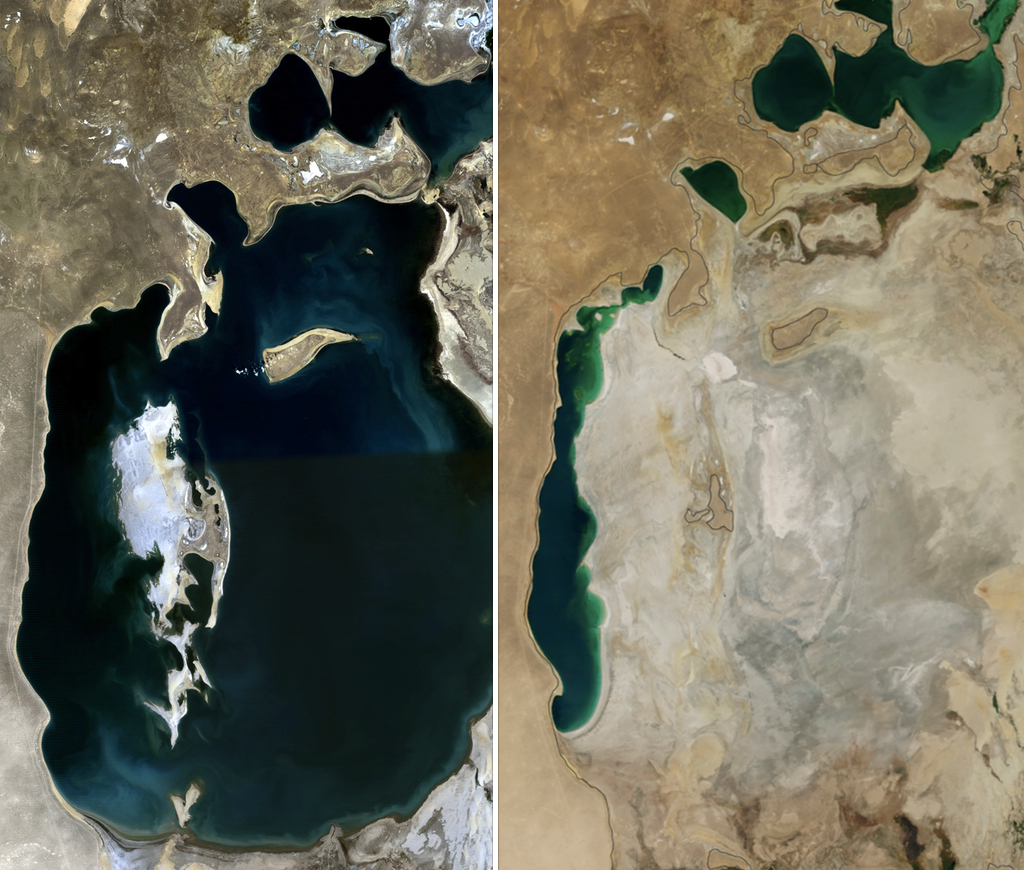
Unfortunately, in the subsequent years, the Aral Sea rapidly shrank and then broke up into a series of salty water bodies. Their combined area now does not exceed 8,000 km².
Ukraine Gained Independence
Over the course of 46 years, not only the surface of the Earth has changed significantly, but also its political landscape. The collapse of the communist system led to the disappearance of the GDR and the dissolution of the USSR, Yugoslavia, and Czechoslovakia, allowing dozens of states to gain independence.

Ukraine was among them. It officially declared its independence on August 24, 1991.
Global Warming
Half a century ago, climatologists engaged in heated debates about the direction of the Earth’s current climate changes. Things seemed uncertain. Even in the mid-1970s, articles were published in the Western press frightening readers with the prospect of global cooling, which could lead to a new ice age.

In 2023, such materials evoke only bitter smiles. Over the past 40 years, the average temperature of our planet has steadily increased, rising by almost a degree since the launch of Voyager 2. Hardly any serious scientists now doubt that human activity plays a decisive role in this process.
Melting Glaciers and Rising Sea Levels
Global warming has triggered a series of processes across the Earth. The distribution of rainfall has changed, extreme phenomena such as heatwaves, droughts, floods, and hurricanes have become more frequent. But its most vivid consequences are expressed in the melting of glaciers. Many glacial systems have either ceased to exist or significantly diminished. The Arctic ice and Greenland are currently at the greatest risk. Many scientists believe that the point of no return for them іs already behind.
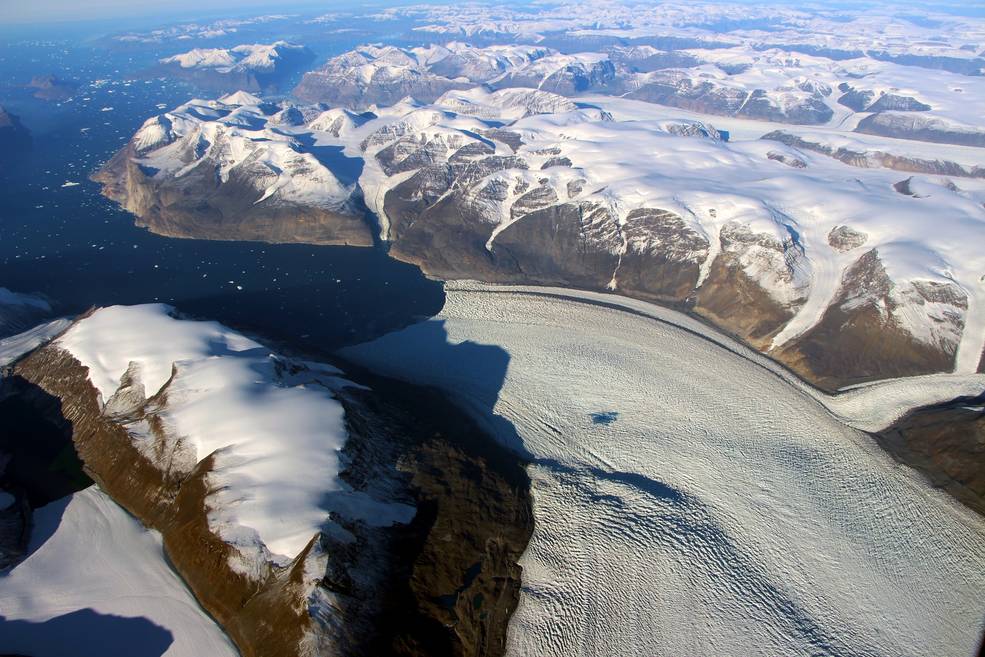
The increase in Earth’s average temperature has also led to rising sea levels. Over the past half-century, sea levels have risen by approximately 12 cm. And this is just the beginning. According to the latest projections, sea levels could rise by at least a meter by the 22nd century, endangering the existence of several island nations.
The GPS System
At the time of Voyager 2’s launch, the US military was already using early versions of the satellite positioning system. Their accuracy was about 60 meters, which was considered excellent for the time. However, as soon as 1978, the first satellite of the new system, which included an atomic clock, was launched into orbit, radically increasing the precision of coordinate determination. This system later became known as GPS.
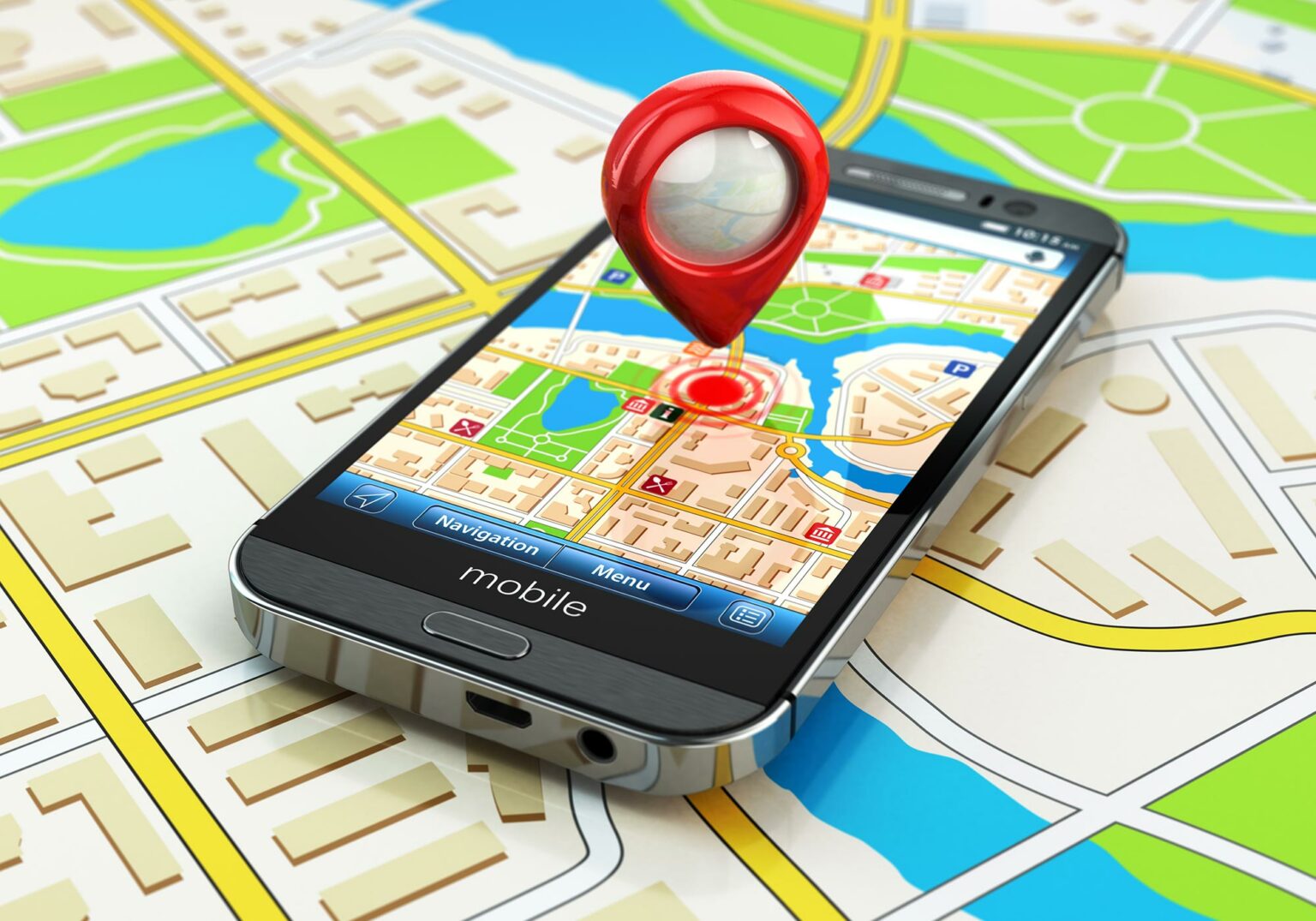
Initially, GPS was conceived purely as a military project. However, in the 1980s, it was allowed to be used for civilian purposes as well. Over time, it became an integral part of everyday life, an essential component of modern civilization, and other spacefaring nations developed their own counterparts.
Digital Cameras
When Voyager 2 embarked on its endless journey, digital photography technology was already known. However, for many years, the giants of the photo industry did not see significant commercial prospects in it.

The first to take the risk was the company Fuji, which in 1989 launched the FUJIX DS-X — the world’s first commercially available digital camera. Since then, digital photography technology has evolved significantly and has almost displaced traditional film.
The Birth of the Modern Internet
By the time the Voyager probes were launched, the idea of connecting computers into a single network for data exchange was no longer seen as something fantastic. The ARPANET network, considered a precursor to the global web, was established as early as 1969. Later, other computer networks were created. However, they connected a very small number of users and were mainly used by the military or scientific institutions.

The modern internet was born in the late 1980s when scientist Tim Berners-Lee proposed the “World Wide Web” project based on the publication of hypertext documents linked by hyperlinks. Along with his assistants, he developed the URI identifier, the HTTP protocol, and the HTML language, all of which are essential for such a system. In 1991, Berners-Lee created the world’s first webpage. All of this laid the foundation for the internet in its current form, forever changing human civilization.
The Smartphones
As with digital cameras and the internet, mobile communication technology emerged before the launch of Voyager 2. The world’s first cellular phone prototype was introduced to the public in 1973. However, it was just a prototype, and at that time, no one had any idea how much this invention would change the world.
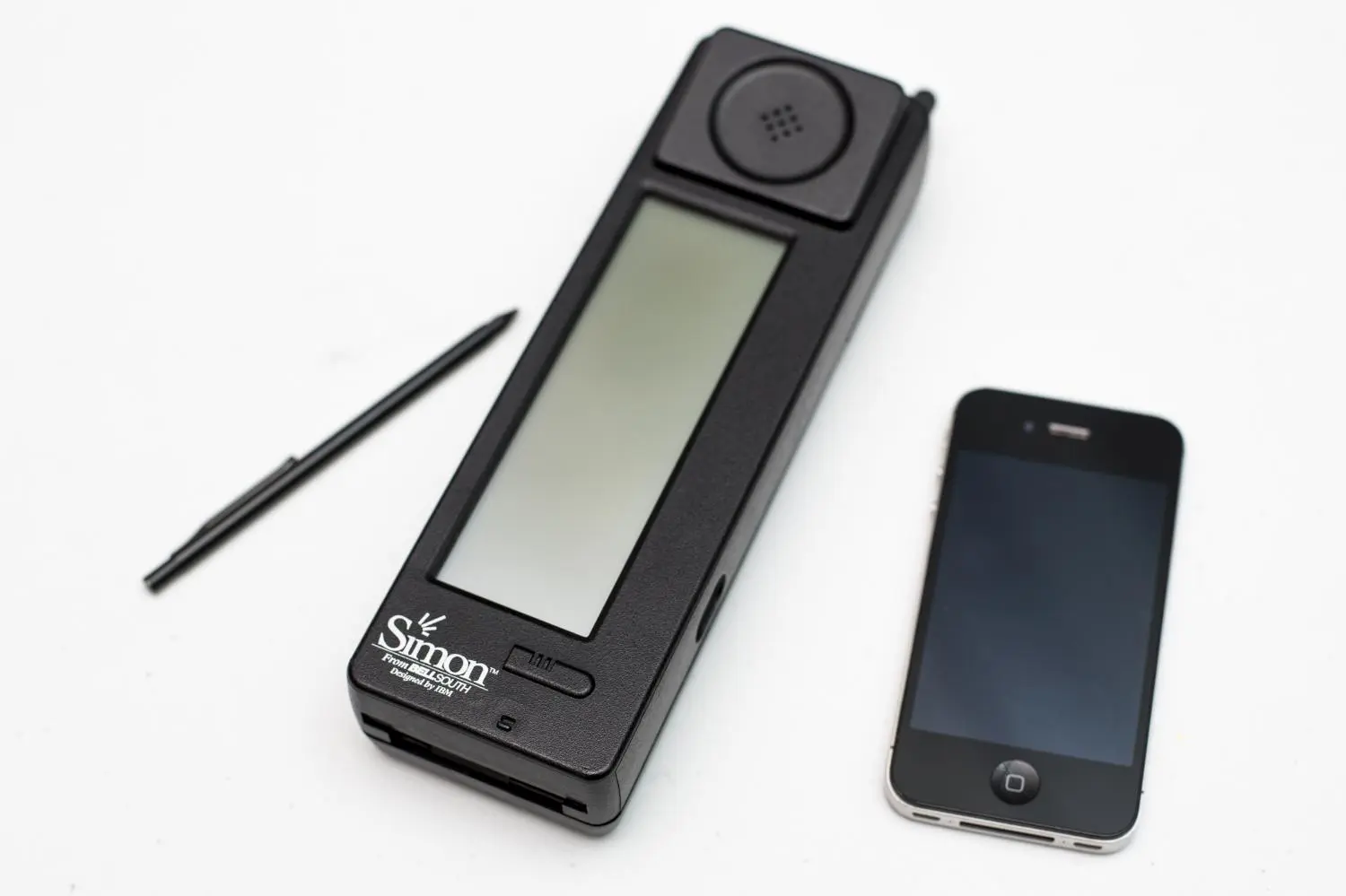
The first commercially available mobile phone in history was the DynaTAC 8000X model. It entered the market in 1983. The next significant milestone came eleven years later when sales of the IBM Simon began — a device combining phone and pocket computer functions. It is now considered the world’s first smartphone. Finally, in 2007, the iPhone was introduced. It became the first mass-market smartphone that completely abandoned the use of a stylus and keyboard in favor of a touchscreen. It’s hardly necessary to explain what happened next.
